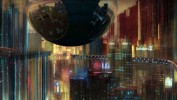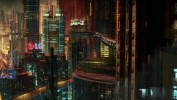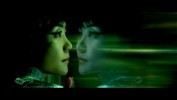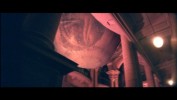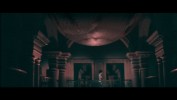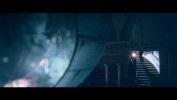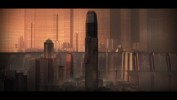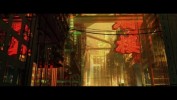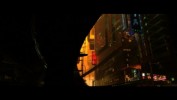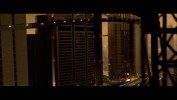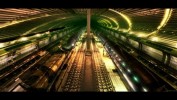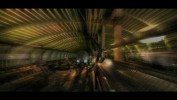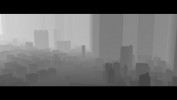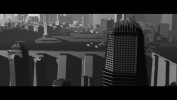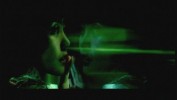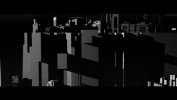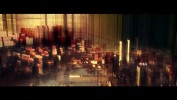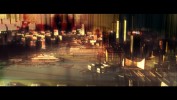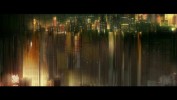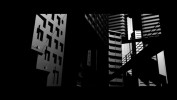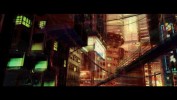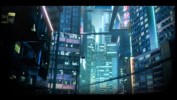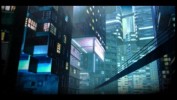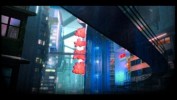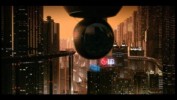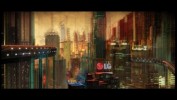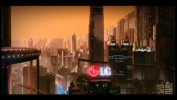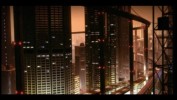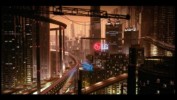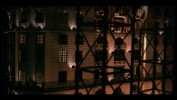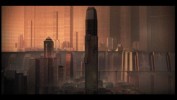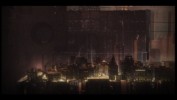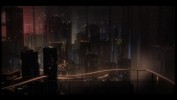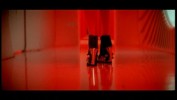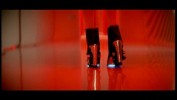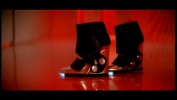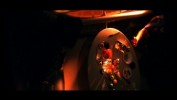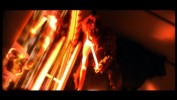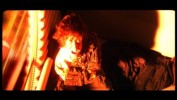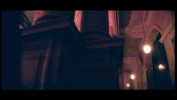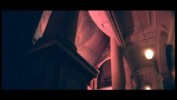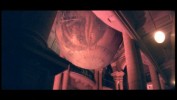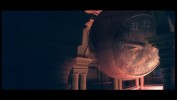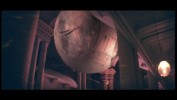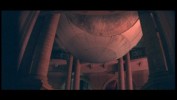2046
DIRECTOR : Wong Kar Wai
PRODUCTION : Orly Films / Jet Tone
VFX SUPERVISOR : Pierre Buffin
VFX PRODUCER : Nicolas Bonnell
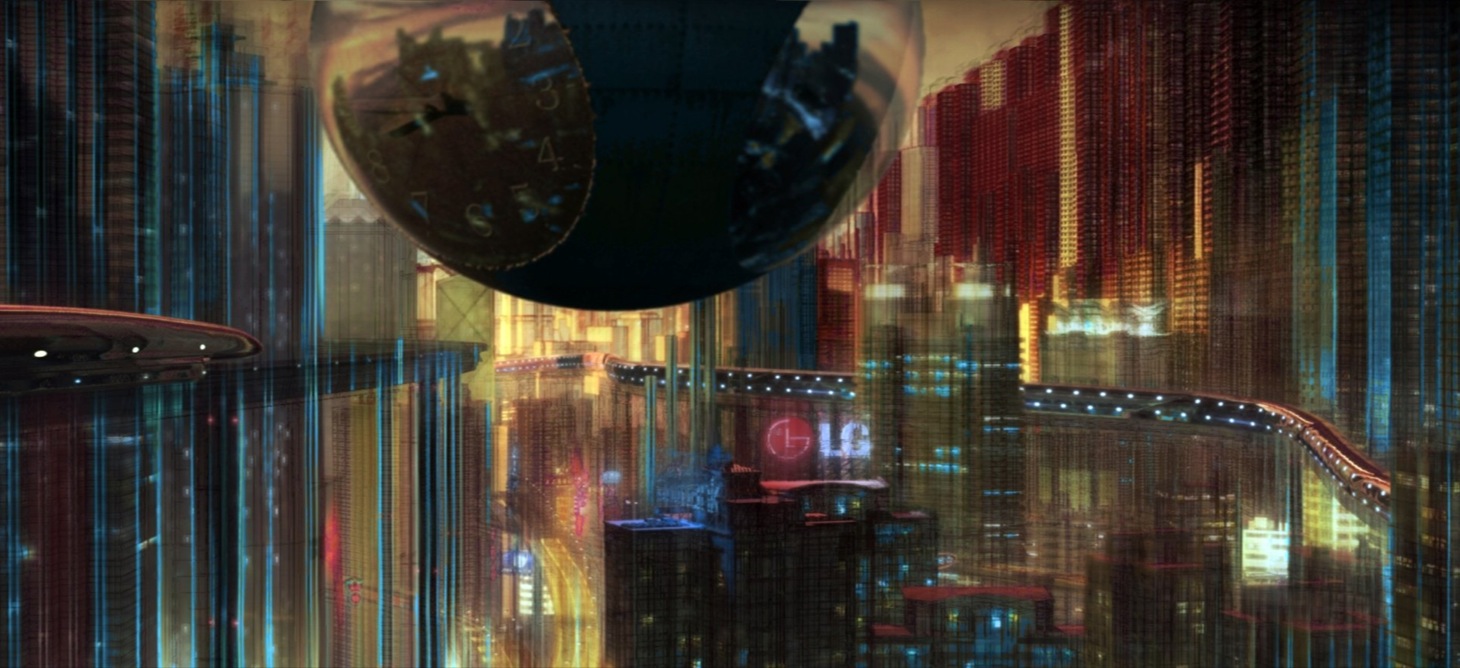
MUSIC : Colleen - Ritournelle / Your heart on your sleeve / Nice and Simple / 310 - Imaginary Families
NUMBER OF SHOTS : 83
Production notes
“A movie of utter wonder and ravishment. (...) A puzzle, a valentine, a sacred hymn to beauty, and a cynical shrug of the shoulders at the damned impermanence of it all, 2046 is a movie to live in.” - Premiere
“Quite simply an incomparably sublime work of art, a triumph of lyricism over narrative in the cinema, and the most exquisite homage to the beauty of women it has ever been my privilege to witness on the screen.” - New York Observer
“A languid, shimmering mood piece from a master stylist” - Empire
In the mid-'60s, on the rebound from an affair with a married woman, journalist Chow embarks on a series of doomed romances. In between flings, his obsession with the number of the room where he and the woman met inspires him to write 2046, a sci-fi novel about a place where people go to forget..
Number of VFX shots done: 334. The film's complex storyline involves a writer who projects himself into the year 2046 to find his lost love. Wong Kar Wai shot the movie in 2000 after the release of his highly successful, In The Mood For Love. He kept rewriting the script and re-shooting sequences for months after — until the months became years.
2046 was to be the director’s first foray into VFX and BUF’s first Chinese film project ever. For both crews, the prospect of discovering each other’s culture and sharing work methodologies was one of the most exciting aspects of the project.
2046 marked a true evolution in Wong Kar Wai's directorial style. Until then, he always shot his movies on sound stages, never employing VFX but 2046 demanded long panoramic shots and digital effects. The challenge was more than simply technological for him: it was artistic. The centerpiece of the effects work was the creation of a futuristic city. Wong Kar Wai wasn’t sure what the stylistic approach should be. Thus, he asked BUF to come up with suggestions of their own. In order to give the French artists a feel of what he was after, he invited them for a tour of the largest Chinese cities, pointing out architectural styles that he thought could form a basis for his futuristic city. BUF’s artists took advantage of this trip to shoot hundreds of photographs. Those images were later used to build the distinctive CG city.
BUF started modeling futuristic buildings by combining architectural elements of real skyscrapers and adding parts that were designed in-house. Textures were either real photographic elements captured in China or digital creations. Since the artists had been granted complete artistic freedom, they started producing digital cityscapes with wildly different ambiances: sleek or heavily textured, clean or gritty, warm or cold, lively or lifeless. By producing a great variety of looks and ambiances, BUF made sure that Wong Kar Wai could review a maximum of options before nailing down the imagery he was after.
From this first series of cityscapes, Wong Kar Wai approved several looks that formed the basis for a refined series of tests and a development process that went on for three years with Wong Kar Wai's input being rendered into several CG variations of the concept. Sometimes, the director would send artwork produced by his art department to help clarify specific designs. Little by little, BUF managed to come up with a unique look that won the director’s approval.
Intrigued by a wire frame model of he city and the look of the CG buildings in their most basic forms, Wong Kar Wai asked if the wire frame could somehow be used in the final city imagery. BUF began making tests wherein the wire frame element was composited over the final render. The results looked promising and BUF realized that this unique approach could produce a futuristic city unlike any other. At the same time, the more BUF explored this option, the more Wong Kar Wai gravitated towards a very stylized city.
In each shot, wire frame models of the buildings were colorized and composited over their rendered counterpart, but BUF didn’t line them up exactly. Being off mark, the wire frame element gave the cityscape a 3D intriguing and surreal look. Its animation was also slightly desynchronized from the main animation, which created the eerie illusion of a vibrating city. The final touch was to lightly bend and twist some wire frame models in ways that gave the shots more body.
After animation and rendering, BUF decided to render most of the layers as individual elements: streetlights, neon lights, cars, pedestrians and CG passes. The first advantage was a short render time; the second was complete freedom for the director to modify the look of each shot during compositing. The final look of the city is very graphic, highly complex and detailed. It is also vibrantly colored, as the director wanted the digital environment to match the ambiance of the live-action scenes. Many shots feature the characters in stark red settings. BUF matched these ambiances by applying various shades of the same color to the wire frame models. Many different color combinations were submitted to Wong Kar Wai before the right hues and the appropriate balance was achieved.
All the city shots were entirely CG. Several required compositing the environment with actors shot on stage. One sequence features the writer traveling across the city on a futuristic high-speed train. BUF completely designed the bullet-shaped train with only two tips from Wong Kar Wai: the vehicle had to reflect its environment and its architecture should be based on the train system of our time. For the shots inside the train, the art department built a train car set in front of a blue screen. In order to avoid the need of generating blocks of CG buildings, BUF opted for a very stylized environmental look and, as the train is traveling at high-speed, this approach worked well and saved us a lot of modeling and rendering time.
Up until a month before the film release, BUF was still modifying architectural models and fine-tuning color balances. In Wong's vision, the VFX had to be perfectly integrated into the flow of the movie. As a result, most of the modifications cut implied revisions of the VFX. Colors, ambiances and dynamics had to be adjusted to match the live-action shots in the same sequences. After handling the film for almost three years, the effects shots were truly well integrated.
One of the unusual aspects of the project was the selection of the movie for the Cannes Festival. Highly regarded by the Festival community, Wong decided to screen a work-in-progress as he was still not satisfied with his final cut. He asked BUF to render temp versions of all the effects shots in order to have a complete print for the screening. These versions were final CG animation shots without the wireframe animation effects added in.
For all involved at BUF, 2046 was a truly unique project: unique in the unprecedented artistic freedom that they enjoyed; unique in the director’s approach to the visual effects; and unique in the distinctive style of the digital imagery. For the first time, BUF was actually allowed to express in a feature film the creativity that had become their trademark on commercials. From a visual effects point of view, 2046 was like a commercial produced on a feature film schedule.



